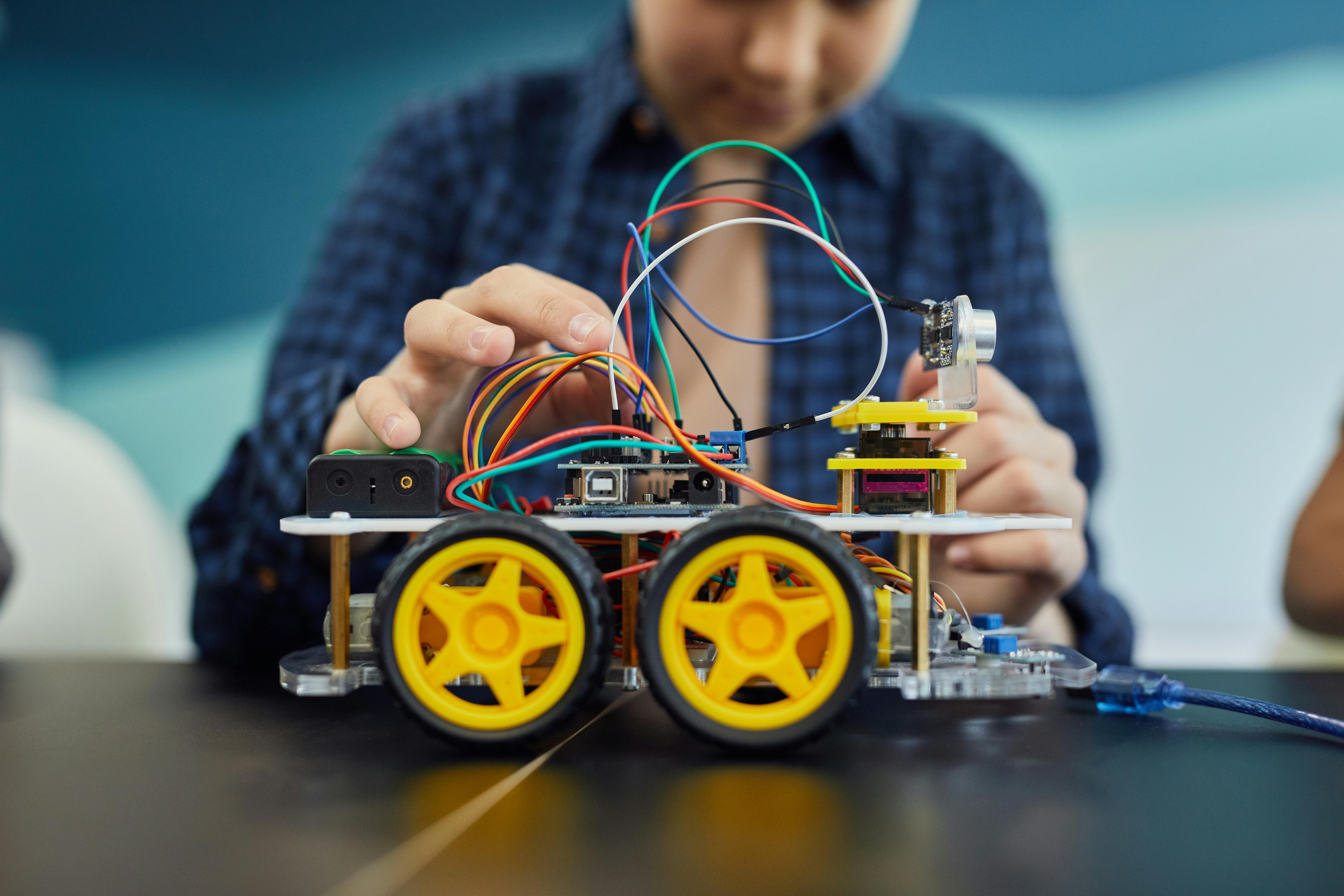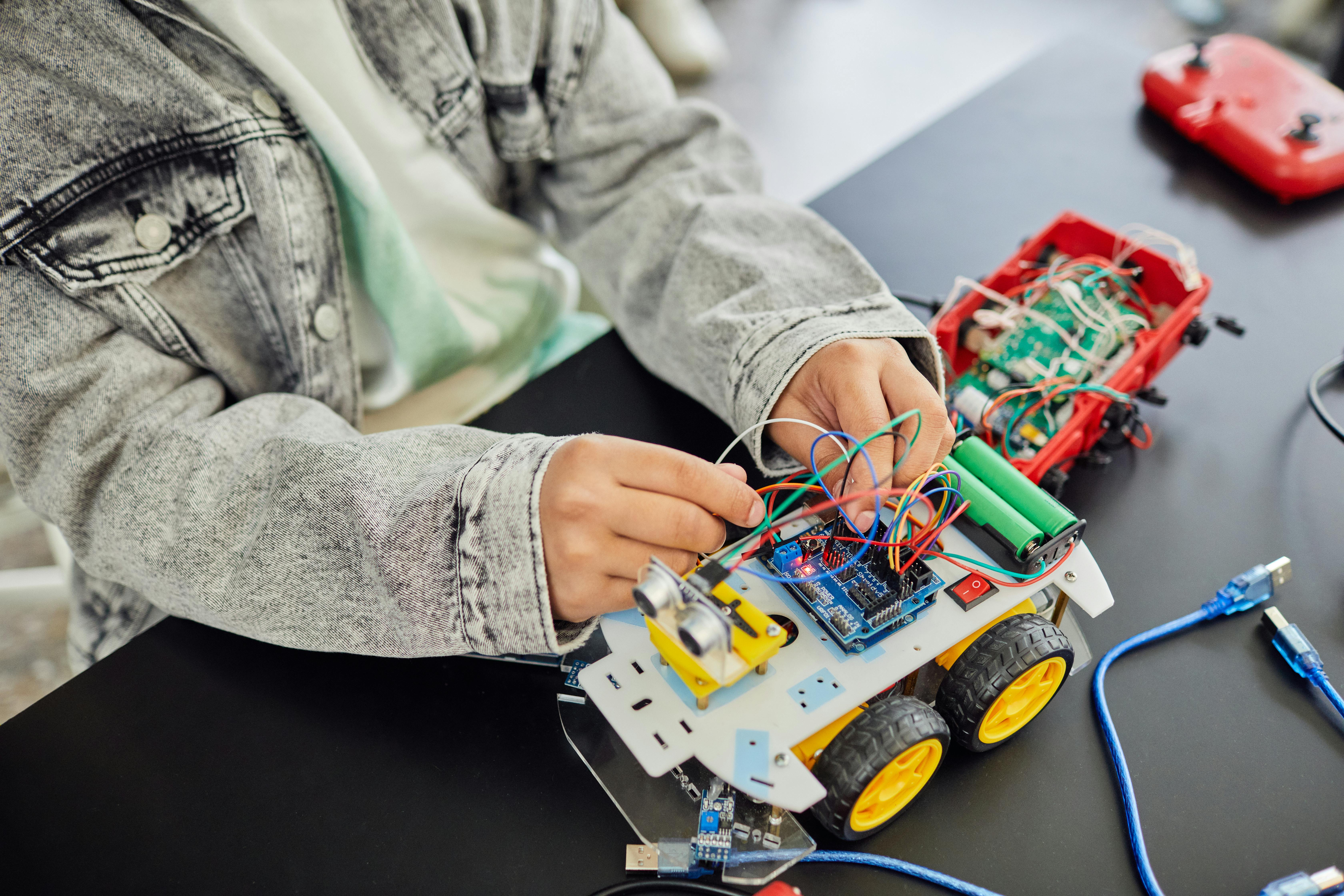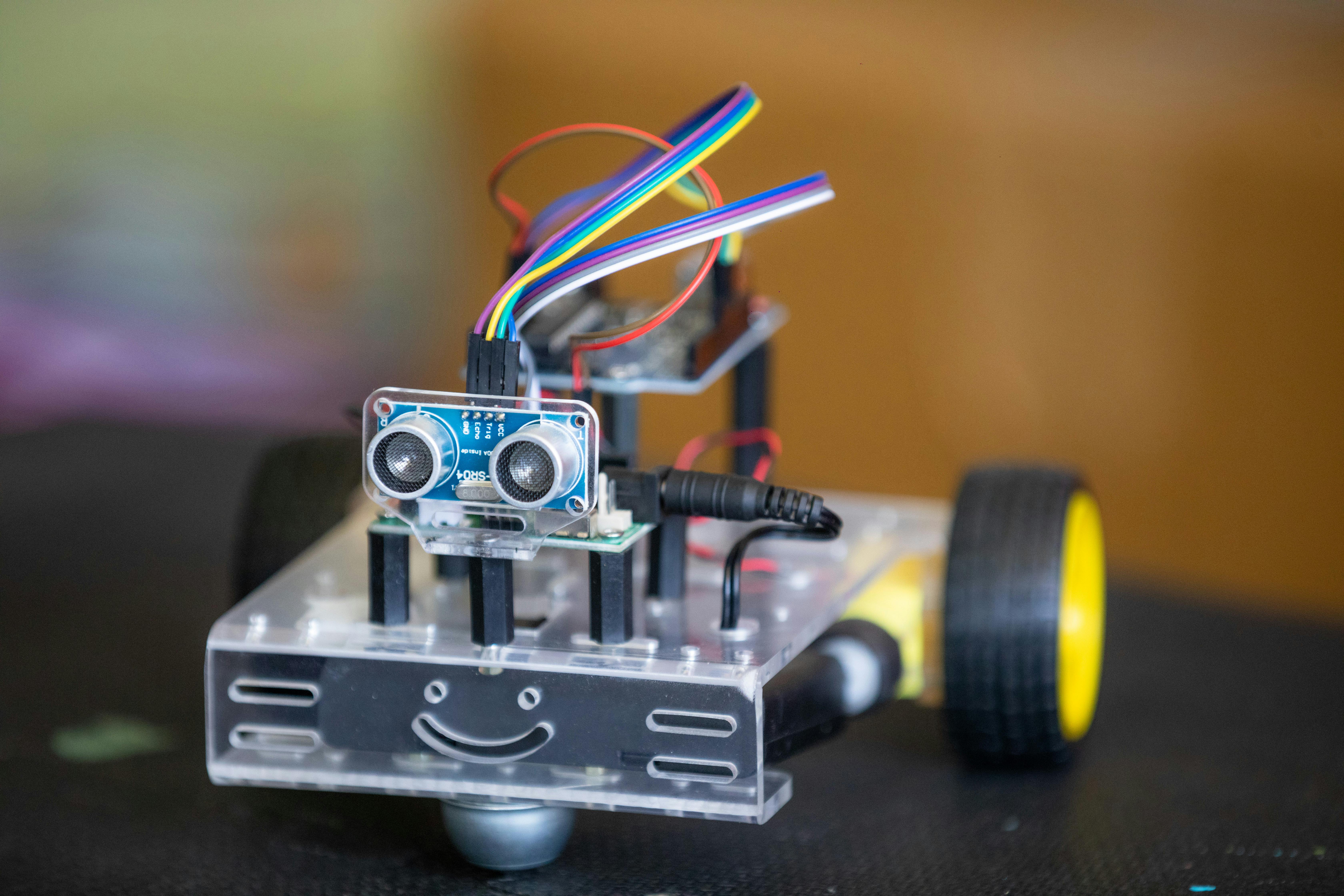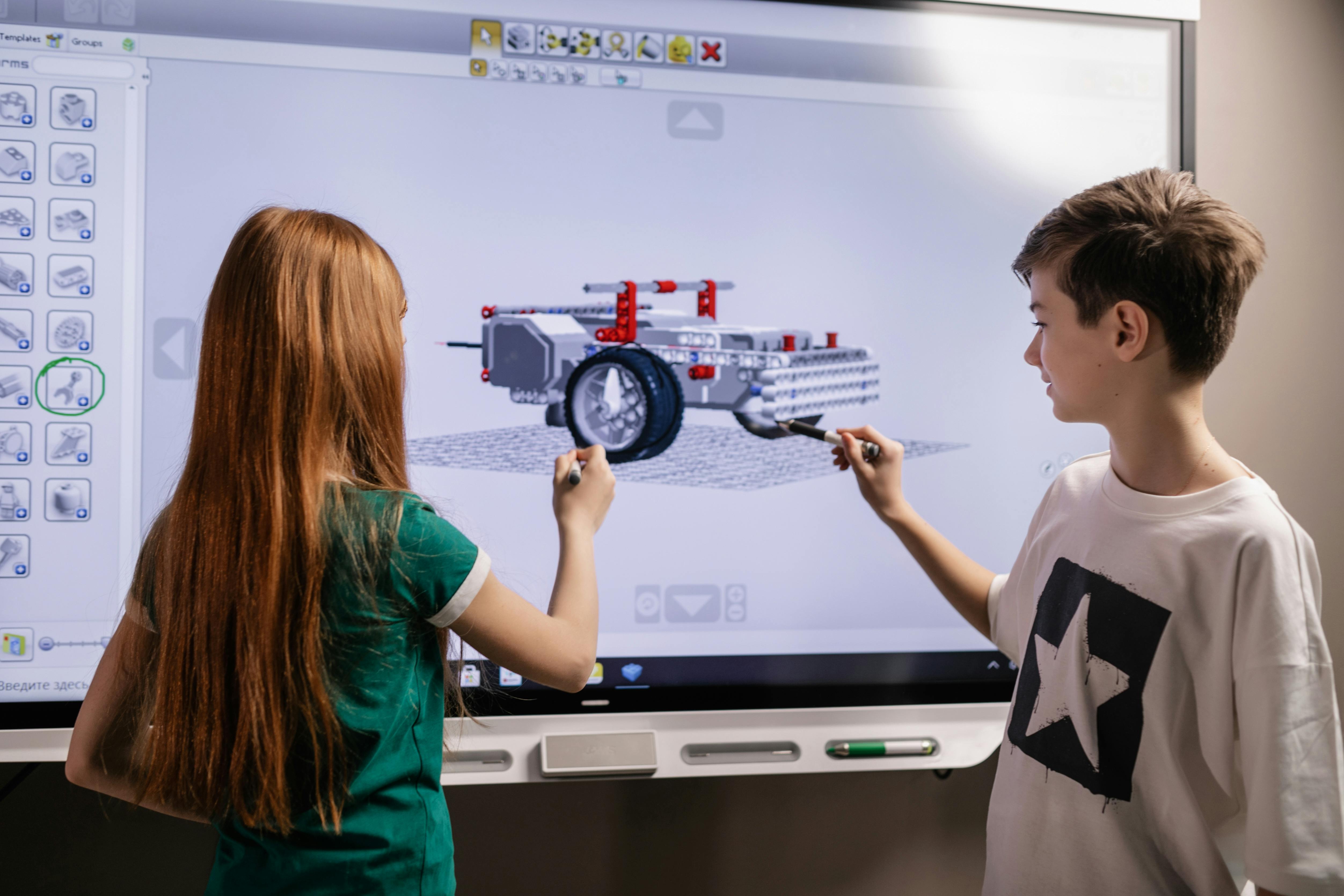Robotics
Robotics
Robotics combines aspects of mechanical engineering, electrical engineering, computer science & AI to create machines capable of interacting with the physical world. Artificial Intelligence plays a key role in advancing robotics, enabling robots to perform more complex tasks, adapt to new environments, and learn from experience. AI helps in decision-making, allowing robots to function autonomously, recognize objects & interact meaningfully with humans and other robots. Industrial Robots- Precise factory assembly and production. Service Robots- Daily task assistance for humans. Medical Robots- Precision surgery and patient care. Military Robots- High-risk operations and defense. Exploratory Robots- Extreme environment data gathering. Agricultural Robots- Automated planting and harvesting tasks. Logistics Robots- Warehouse sorting and transporting goods. Humanoid Robots- Human-like interaction and assistance.



